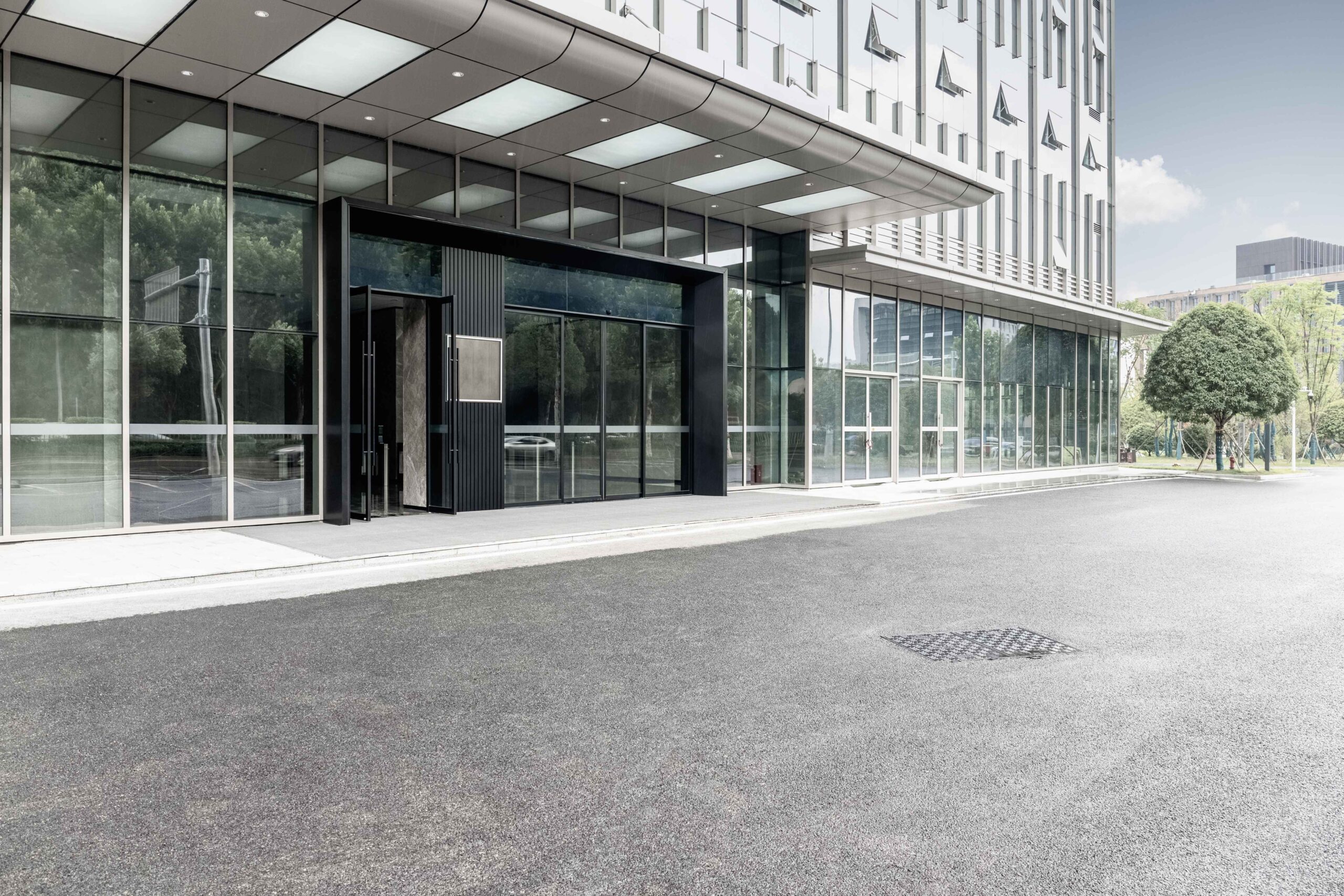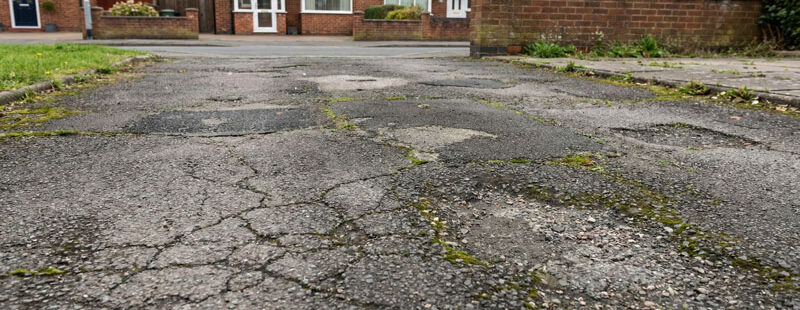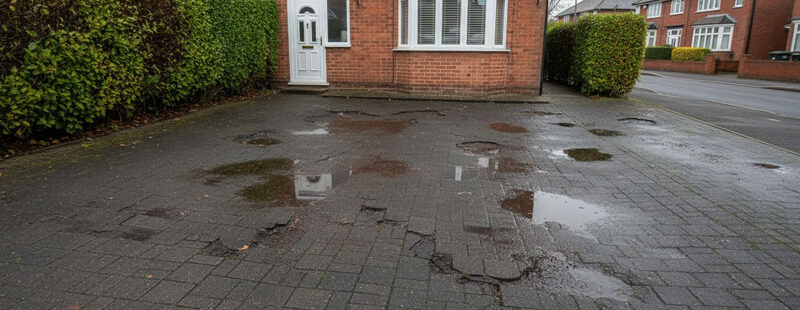
- min min
- No Comments
- June 9, 2025
Choosing the Best Commercial Surfacing Solutions for Your Property
When managing a commercial property, the choice of surface materials is far more than an aesthetic consideration—it directly affects safety, usability, and long-term costs. Whether you’re overseeing a car park, loading bay, footpath, or recreational space, selecting the right commercial surfacing solutions is crucial.
In this guide, we’ll explore how to assess your property’s specific needs, compare surface materials, and plan effectively for durability, compliance, and appearance.
Understanding Your Commercial Property’s Surfacing Requirements
Before selecting any materials, you must first assess the functional demands of your property. The right choice depends on multiple factors:
- Traffic Type: Will the area accommodate heavy vehicles, foot traffic, or both?
- Usage Patterns: Is the surface used daily or only intermittently
- Environmental Conditions: Do you face frequent rainfall, freeze-thaw cycles, or heat extremes?
- Aesthetic Goals: Should the surface enhance visual appeal or blend with existing design?
- Budget and Lifecycle Cost: What is your upfront budget, and how much are you prepared to spend on long-term upkeep?
Each of these elements will shape which commercial surfacing solution is most suitable for your project.
Top Commercial Surfacing Options to Consider
Let’s break down some of the most common surfacing materials used in commercial properties and their typical applications:
1. Asphalt (Tarmac)
- Ideal for: Car parks, driveways, access roads
- Pros: Quick installation, cost-effective, flexible under weight
- Cons: Requires periodic sealing and maintenance
2. Concrete
- Ideal for: Loading bays, footpaths, warehouse yards
- Pros: Durable, low maintenance, customisable finishes
- Cons: Higher initial cost, prone to cracking in freeze-thaw climates
3. Interlocking Pavers
- Ideal for: Walkways, courtyards, entryways
- Pros: Attractive, easy to repair, slip-resistant
- Cons: Labor-intensive installation, not ideal for heavy vehicle areas
4. Permeable Surfaces
- Ideal for: Sustainable developments, green car parks, stormwater management
- Pros: Eco-friendly, reduces runoff, supports drainage
- Cons: Higher cost, limited to light-medium traffic applications
For real-life examples of how these materials have been used effectively, view our commercial surfacing portfolio.
Durability, Maintenance, and Lifecycle Value
Durability should never be overlooked. While cheaper materials may seem attractive, they often require more frequent repairs, which add up over time. Consider the following when comparing options:
- Expected Lifespan: Asphalt lasts 15–20 years; concrete may exceed 30 years.
- Wear Resistance: High-traffic areas need materials that resist oil, salt, and pressure.
- Maintenance Needs: Does the surface require sealing, patching, or power washing?
- Repair Simplicity: Can damaged areas be replaced without redoing the entire surface?
“Choosing a longer-lasting material like concrete may mean a higher initial cost, but it often pays for itself in reduced repair and maintenance.” – Facilities Manager, East Herts Retail Park
Prioritising Safety and Accessibility
When it comes to commercial surfacing solutions, safety is as important as strength. The surface must be secure for pedestrians, vehicles, and those with limited mobility.
Key Safety Considerations:
- Slip Resistance: Especially vital for areas exposed to moisture or oil
- Drainage: Proper grading and permeable materials help prevent standing water
- ADA Compliance: Ensure walkways and ramps meet accessibility regulations
- Line Marking: Clearly marked bays, lanes, and walkways enhance order and safety
A surface that meets safety regulations not only protects visitors but also reduces legal liability for property owners.
Enhancing Curb Appeal and Brand Image
Your surface is part of the first impression tenants, clients, and employees receive. Choosing materials that align with your branding and architecture can significantly boost visual impact.
- Custom Finishes: Coloured tarmac or stamped concrete can add elegance
- Design Integration: Consider borders, planter islands, or decorative aggregate
- Consistent Theme: Match your surfacing to other materials like cladding or fencing
By integrating form with function, you create an inviting and professional environment.
Work With Experienced Surfacing Contractors
Professional guidance is essential when investing in commercial surfacing. Partnering with a trusted contractor ensures:
- Accurate material recommendations
- High-quality installation with proper compaction and grading
- Full project management, from excavation to final seal
- Compliance with local planning and safety regulations
Always review contractor portfolios, request references, and compare multiple quotes before signing any agreements.
Final Thoughts
Selecting the right commercial surfacing solution can dramatically improve your property’s safety, efficiency, and appearance. With the right planning, materials, and professional support, your surface will be a reliable asset for years to come.
Whether you’re upgrading a car park or installing a new pathway, explore real-world examples in our Commercial Surfacing Portfolio to see how we help businesses make the right choice.






